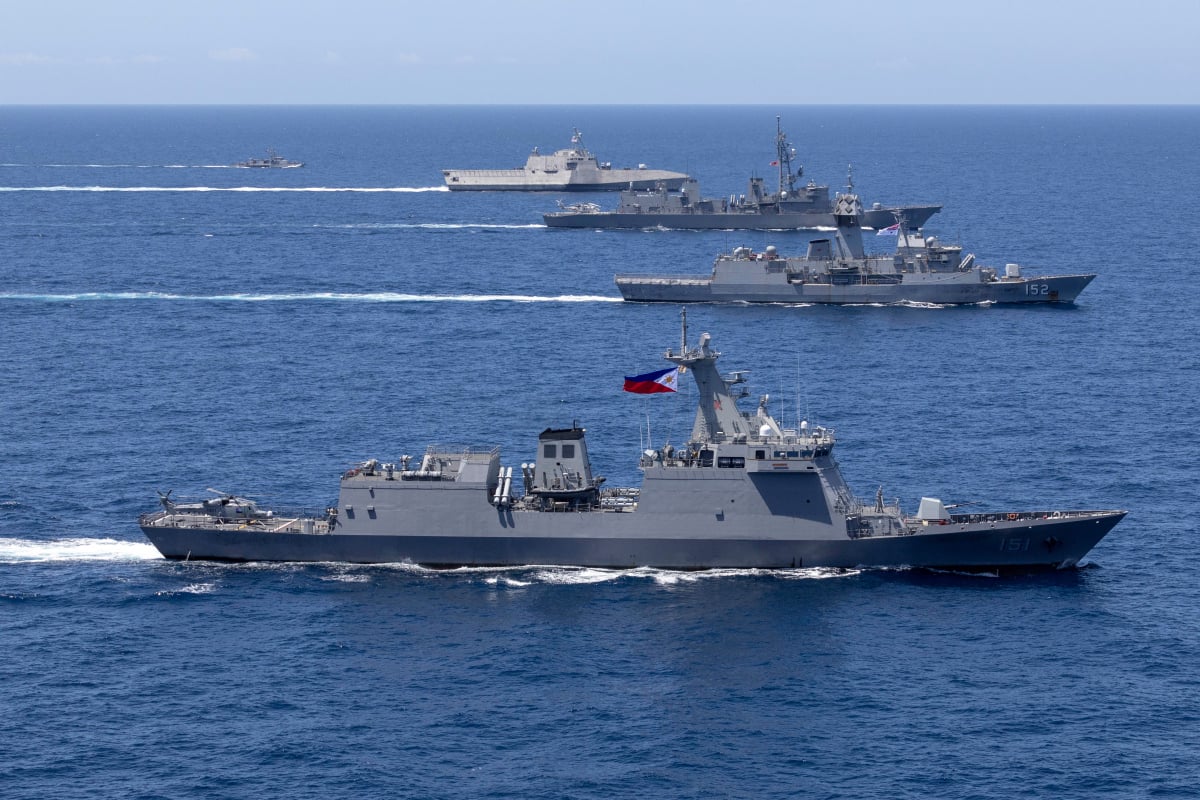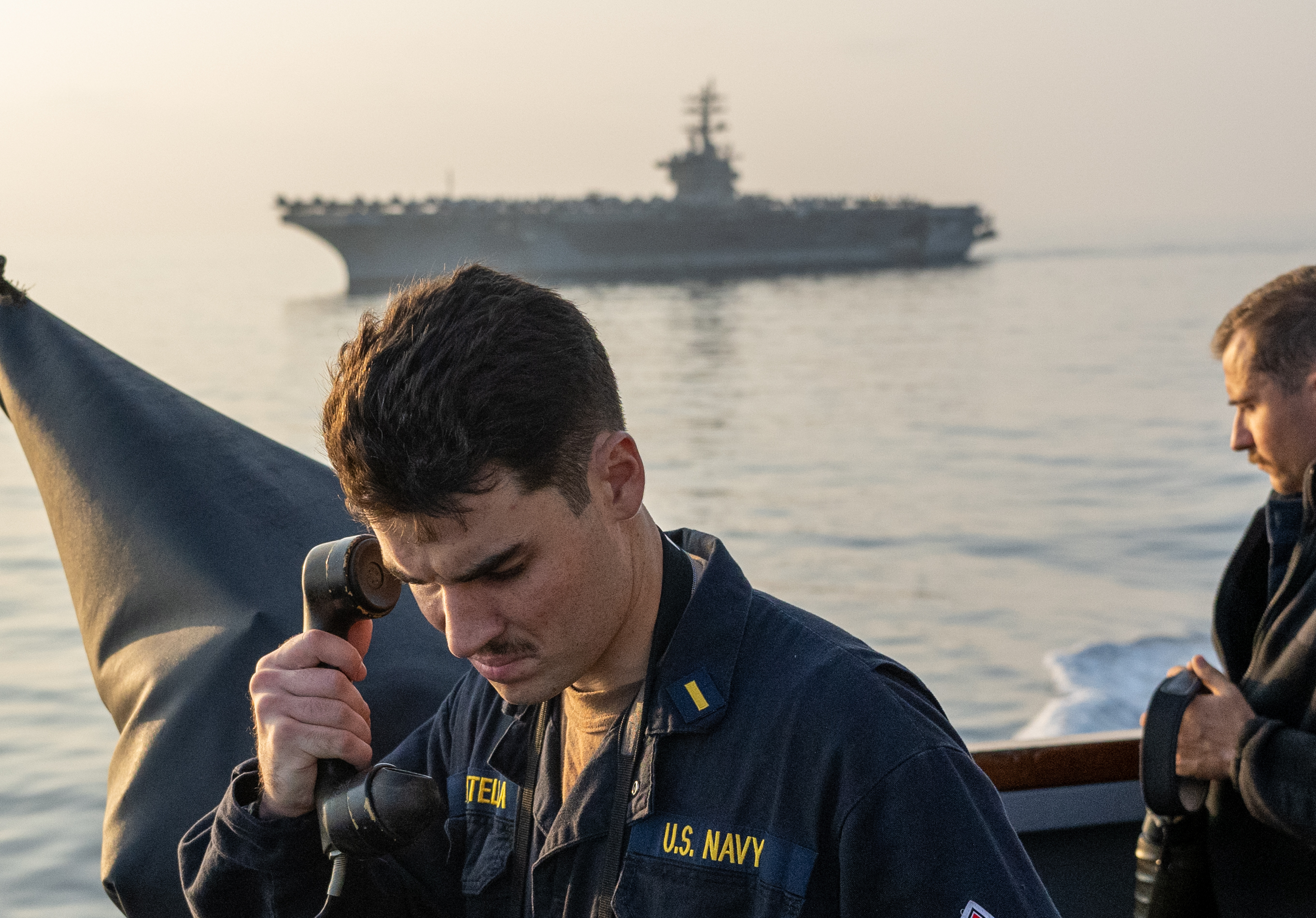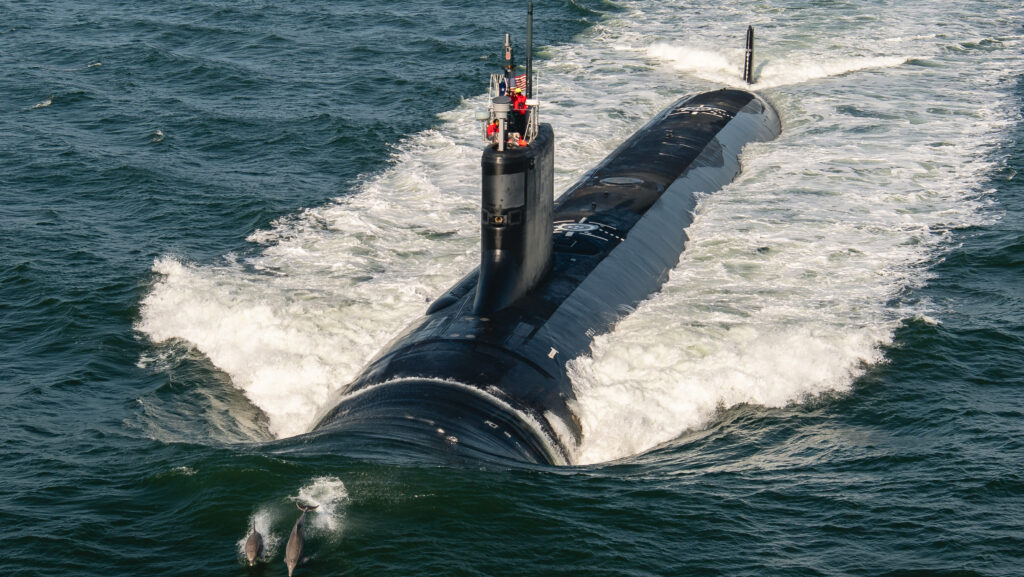By Lt. Cmdr. Jeff W. Benson, USN
The father of modern China, Deng Xiaoping, highlighted the South China Sea as part of China’s territory “since ancient times.” For more than 20 years China has avoided armed conflict in the South China Sea, but it is undeniable that things are heating up again in the region
.
View South China Sea Conflict in a larger map
China set a precedent for armed conflict in the South China Sea during two encounters with Vietnamese forces, in 1974 and 1988. In both incidents, China used force to stake its claim to territory far beyond its shores. As tensions increase in the region, it’s worth examining those incidents to understand the historical context of conflict in the region.
Over the past two years there have been several events relating to territorial and maritime rights in the South China Sea: scientists planting a Chinese flag on the seabed floor by a submersible vessel, fishing disagreements between China and Vietnam, and the current China and Philippine dispute over Scarborough Shoal, less than 200 nautical miles from Manila. The recent conflict began in April over a fishing disagreement between China and the Philippines causing diplomatic tensions over territorial rights and resulting in more than 15 ships near Scarborough Shoal. Collectively, these incidents indicate the complexity of the Asia-Pacific region, which is now a focal point of the new national security strategy.
As U.S. policy-makers contemplate this challenge of competing territorial and maritime rights in the South China Sea, there are important lessons from the last time violence flared in the region. During the 1970s and 1980s China collided with Vietnam over territorial rights in the South China Sea. China occupied several islands and reefs resulting in more than 100 deaths and several Vietnam ships being either sunk or damaged beyond repair.
The Paracel Islands, a chain of small islands approximately 375 nautical miles south of Hong Kong, are separated into two groups: Amphitrite (Xuande) and Crescent (Yongle). In 1970, China began to focus more on the Paracel Islands with the Chinese People’s Liberation Army Navy (PLAN) conducting survey operations to include gathering meteorological, geological, and topographical data starting from the Amphitrite transiting towards the Crescent group. In 1971, China developed a military infrastructure within the Amphitrite Group to include a concrete pier and dredged harbor at Woody Island in support of PLAN warships. The same year Vietnam allowed foreign companies to search for oil in the South China Sea and by 1973 Vietnam awarded eight offshore exploration contracts.
In November 1973, a Republic of Vietnam patrol ship rammed a Chinese fishing vessel and the crew was detained in Vietnam for interrogation. In January 1974 as the conflict progressed, the Chinese Foreign Ministry for the first time “linked territorial claims to offshore islands with maritime rights” and emphasized the importance that China owned the natural resources in the area. On Jan 15, the conflict escalated when RVN forces fired on two Chinese fishing vessels that entered the Crescent Group.
Four days later, China assembled six naval ships within the Crescent Group to confront the four RVN ships in the area. The conflict turned violent resulting in 36 deaths, 110 wounded, and more than 160 missing between China and Vietnam military personnel. Following the incident, China consolidated the two island groups and made the Paracel Islands a top priority for further military construction.
China’s Vice Premier Deng Xiaoping had a significant role in China’s maritime development and modernization after the Paracel Islands incident, especially during the 1980s. In 1982, Deng appointed Admiral Liu Huaqing, a close friend, to lead the PLAN. Liu emphasized the navy’s key mission was to establish a presence in the Spratly Islands, approximately 750 nautical miles south of Hong Kong. Admiral Liu ordered the first combat patrol of the South China Sea conducted by South Sea Fleet in April 1987. Survey operations were also conducted in the southern portion of the Spratly Islands dating to 1983. The surveys indicated Fiery Cross reef, approximately 260 nautical miles from Vietnam, would serve as the best location for a permanent oceanic observation station.
The PLAN’s operational design for this region was twofold: establishing territorial rights in the South China Sea and expanding naval power projection capability from “near-coastal defense” to “near-seas active defense”. The near coastal area is defined within 12 nautical miles or so to China’s mainland, and near seas are the seas within the first island chain as well as encompassing the Yellow, East China, and South China Seas.
In November 1987 the PLAN received approval from the Central Military Commission (CMC) and State Council to occupy a total of nine reefs in the Spratly Islands. By mid-January 1988, the PLAN occupied Fiery Cross reef with several PLAN ships taking station in the area.
In a race to occupy territory in the Spratly Islands, Vietnam and China began a reef hopping campaign. From January to March 1988, both navies encountered each other near various reefs without violence. However, on March 14, this uneasy peace was broken when both nations’ forces were apparently directed to evict the other at Johnson (Chigua) Reef — east of Fiery Cross reef. After deploying more than 100 troops combined between China and Vietnam at Johnson reef, shoving occurred and shots were fired. Within 30 minutes, the PLAN routed the Vietnamese, sinking or destroying three ships and killing seventy-four sailors. After the incident, Deng Xiaoping (now the Central Military Commission Chairman) offered his congratulations to the PLAN units for their decisive victory.
These two obscure incidents teach two important lessons. First, China has set a precedent for the use of force to resolve territorial disputes in the South China Sea. In retrospect, almost ten years ago China and members of the Association of Southeast Asian Nations (ASEAN) signed the Declaration on the Conduct of Parties in the South China Sea to “resolve their territorial and jurisdictional disputes by peaceful means, without resorting to the threat or use of force” (ASEAN Document). Thus, will China uphold this agreement or use force to resolve territorial disputes?
Second, the Sino-Vietnam relationship is a critical indicator about the future of the South China Sea. Closely monitoring China’s actions towards Vietnam could serve as a bellwether of a potential policy change led by the Chinese government or PLAN. Given China’s increase in overall maritime capability relative to other regional navies over the last 30 years, this rising nation may feel further empowered to act militarily in response to today’s territorial disputes and the potential for miscalculation is real.
For the foreseeable future, the South China Sea will be both a hot-spot and continuous challenge for the region, the international community, and the United States. The 1974 and 1988 incidents show that China is willing to use force to achieve military and political objectives. As the Scarborough Shoal conflict continues between China and the Philippines, understanding this historical context may also prove useful as we work arduously to avoid a future violent confrontation on the high seas.




